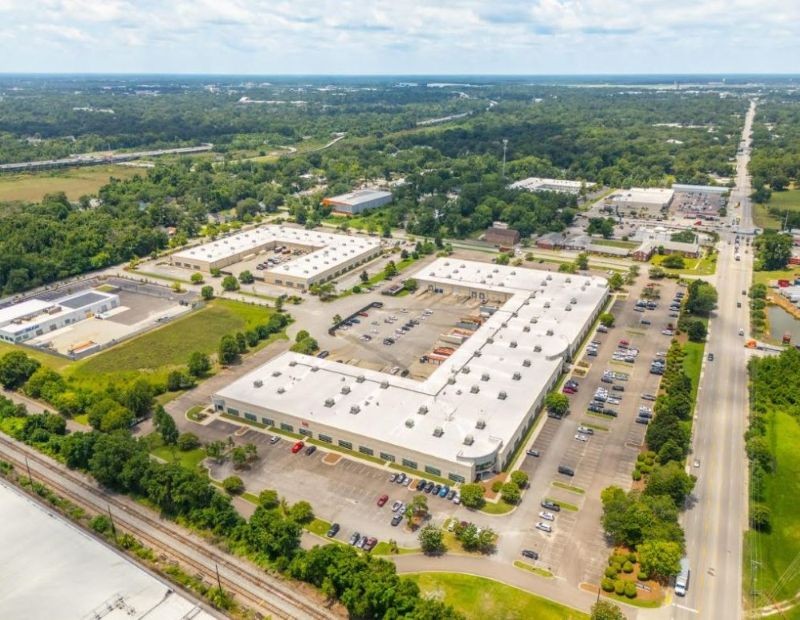Sizing Up Trump’s Opportunity Zone Council
Multifamily and commercial real estate tax experts say they are generally pleased but express concerns about how the program will be regulated and implemented.
By Gail Kalinoski
Commercial real estate tax experts said on Wednesday that they were encouraged by President Trump’s executive order establishing a council to oversee implementation of the opportunity zones created by the 2017 Tax Cuts and Jobs Act. However, they still had some concerns about how the program would be regulated by the Internal Revenue Service and Treasury Department.
“It remains to be seen what impact, if any, this new council will have on Qualified Opportunity Zone development projects. I would hope that it would be within their purview to make recommendations to Treasury regarding some of the technical hurdles that have been delaying many funds and projects from physically launching,” Paul Gevertzman, a tax partner at Anchin and leader of Anchin’s Economic Opportunity Zones Group & co-practice leader for Anchin’s Tax Credits & Incentives Group, told Commercial Property Executive.
Gevertzman’s comments came after President Trump named Secretary of Housing and Urban Development Ben Carson to chair the new group—the White House Opportunity and Revitalization Council. The council will include representatives of 12 additional federal agencies, including the Treasury, Agriculture, Labor, Commerce, and Transportation departments, the Small Business Administration and Office of Management and Budget. The group’s mission will be to engage with all levels of government on ways to better use taxpayer dollars to revitalize low-income communities through the Opportunity Zone program. It is expected to encourage at least $100 billion in private investments in nearly 9,000 communities around the United States, District of Columbia and five U.S. territories by providing tax incentives to invest in the Opportunity Zones and hold onto the assets for five to 10 years.
Gevertzman said he expects real estate and construction participation in the program to grow throughout 2019, “based solely on the unprecedented amount of interest we are seeing by both investors and developers.”
Multifamily industry concerns
“We’re very excited the administration is taking the opportunity zone program and running with it and investing the institutional resources it needs to be a success,” said Matthew Berger, vice president of tax, at the National Multifamily Housing Council. “It has the capacity to drive a lot of multifamily production in economically distressed areas.” But Berger and Dave Borsos, vice president of capital markets at NMHC, said they want the Treasury Department and the IRS to provide regular guidance that would let the opportunity zone legislation “meet its full potential.”
“As the language gets clearer, we will see more activity,” Borsos said. Berger and Borsos are among NMHC and National Apartment Association (NAA) representatives working with the Treasury Department over the past few months to make the program as effective as possible. Some guidance was issued in October and another round is expected before the end of the year. Last week, the NMHC and NAA sent a letter to the IRS and Treasury Department outlining some technical issues Borsos and Berger said weren’t addressed in the first round of guidance. Among the NMHC and NAA’s recommendations were:
- Clarify that the land doesn’t need to be improved to meet the original use requirement so long as development occurs on it.
- Specify that land acquired before 2018 could still qualify as an Opportunity Zone property as long as development on the land occurs after 2018 consistent with the OZ rules.
- Individuals be allowed to exit one Opportunity Fund to invest in another without negative consequences to the five-, seven- and 10-year basis adjustment thresholds as long as they are moving from one qualified fund to another within 180 days.
- Allow multiple properties to be held in a single Opportunity Fund and that Opportunity Funds be allowed to divide into two funds if a property is sold and the fund does not reinvest the resulting capital in a qualifying Opportunity Fund asset. Investors would still realize the tax benefits from the assets remaining in the original fund.
Another concern raised by the NMHC and NAA, was the 31-month Working Capital Safe Harbor and 30-month rule for rehabilitation outlined in the proposed regulations. While in most cases that is enough time to deploy capital to construct or rehabilitate real estate, there are occasionally factors beyond a developer’s control that can delay activity such as extra time needed to secure land entitlements, zoning approvals or permits. The developer could face a penalty if he wasn’t able to deploy 90 percent of Opportunity Fund capital within the time limits. The two groups suggest a “reasonable cause exception” be included, allowing up to an additional year to deploy capital for a new project if it could be proven a state or local government or authority caused the development delay.










You must be logged in to post a comment.